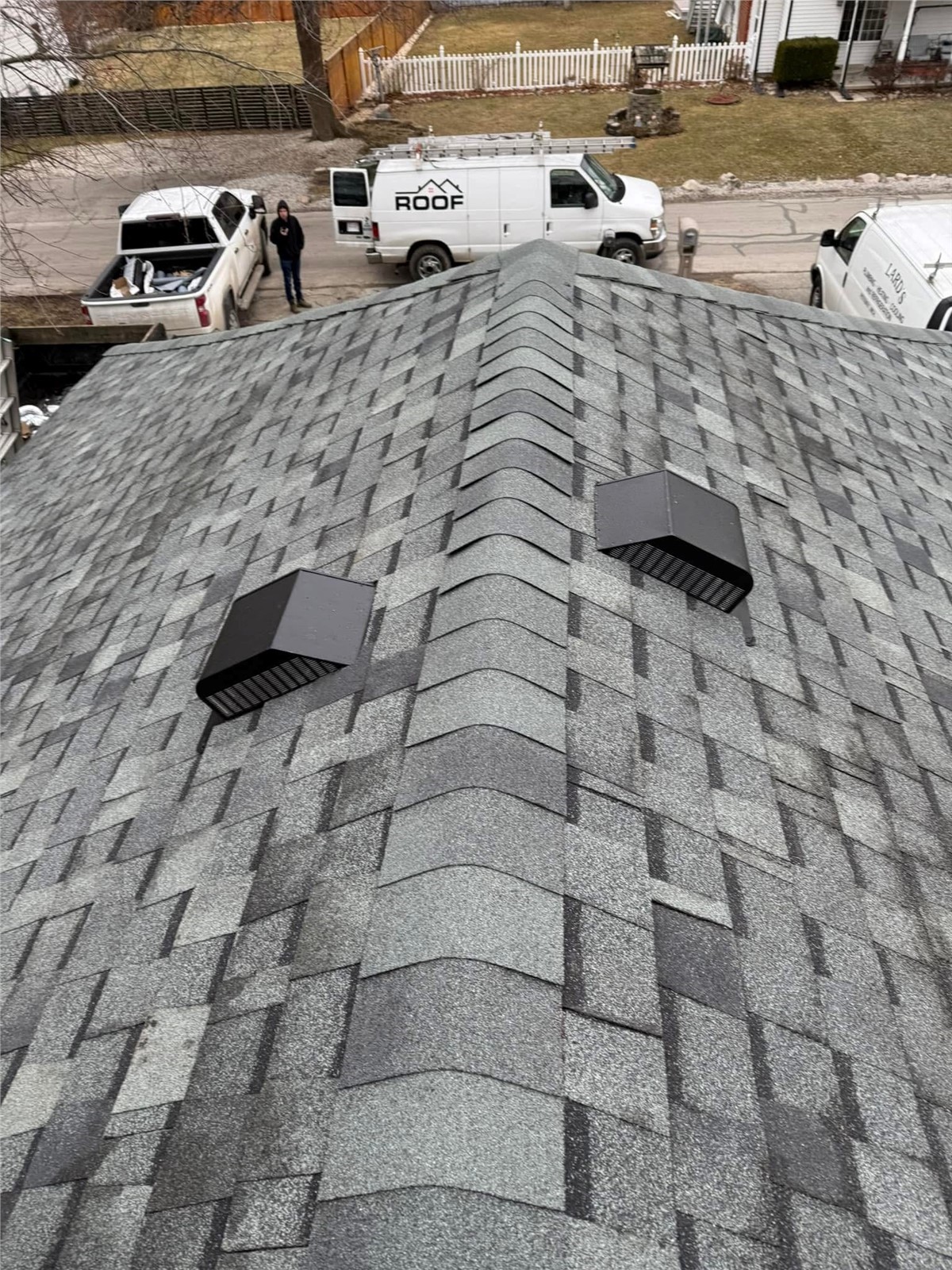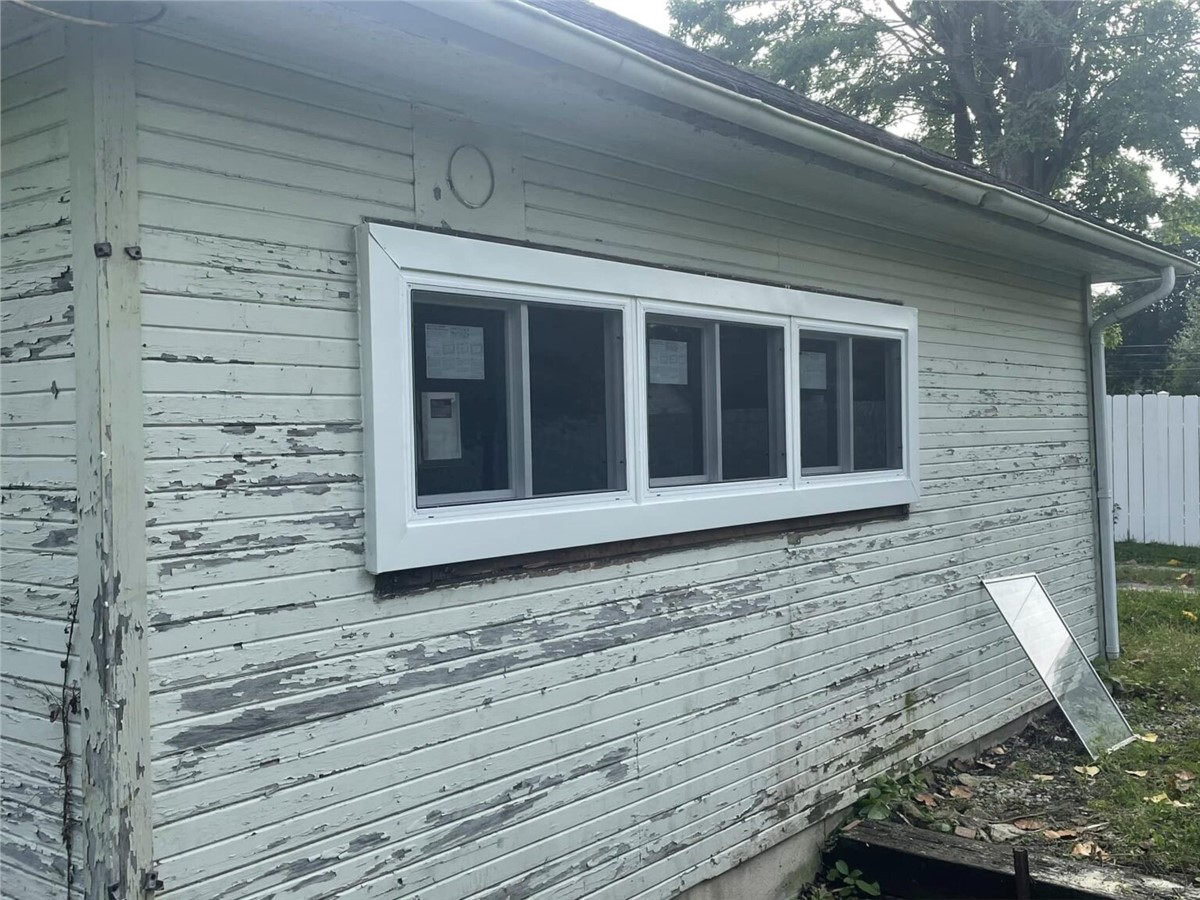
Your roof is one of the most important components of your home, serving as the first line of defense against the elements. However, it’s also one of the most vulnerable parts of your house, taking the brunt of seasonal weather changes. From scorching summer heat to heavy winter snow, each season brings its own set of challenges that can impact the integrity of your roof. Understanding these challenges and knowing how to prepare and protect your roof can help you avoid costly repairs and ensure your home stays safe and secure year-round.
Spring: Rain and Wind
Spring is a season of renewal, but it can also bring heavy rain and strong winds that can take a toll on your roof. Rainwater can seep into small cracks or gaps in your roofing materials, leading to leaks and water damage inside your home. Additionally, strong winds can lift shingles, especially if they are already loose or damaged.
How to Prepare:
- Inspect for Damage: Start the spring season by inspecting your roof for any signs of damage, such as missing or loose shingles, cracks, or leaks. Addressing these issues early can prevent them from worsening during heavy rainfalls.
- Clean Gutters: Ensure that your gutters and downspouts are clear of debris to allow rainwater to flow freely off your roof. Clogged gutters can cause water to back up and potentially damage your roof or the foundation of your home.
- Trim Trees: Trim back any overhanging branches that could break off during a storm and damage your roof.
Summer: Heat and UV Rays
Summer brings intense heat and UV rays, which can cause significant wear and tear on your roof over time. Prolonged exposure to high temperatures can cause roofing materials to expand, contract, and eventually crack. This is especially true for older roofs or those made of materials that are more susceptible to heat damage, such as asphalt shingles.
How to Prepare:
- Schedule a Professional Inspection: A roofing professional can assess the condition of your roof and identify any areas that might be vulnerable to heat damage.
- Check for Ventilation: Proper attic ventilation is crucial during the summer months. It helps regulate the temperature in your attic, reducing the strain on your roof and preventing heat-related damage.
- Apply Reflective Coatings: Consider applying a reflective coating to your roof. This can help reduce the amount of heat absorbed by your roof, keeping your home cooler and extending the life of your roofing materials.
Fall: Leaves and Debris
As the leaves start to fall, they can accumulate on your roof and in your gutters, creating a perfect environment for moisture to collect. If not addressed, this moisture can lead to mold growth, rot, and other forms of water damage.
How to Prepare:
- Clean Your Roof and Gutters: Regularly clean your roof and gutters throughout the fall to remove leaves, twigs, and other debris. This will help prevent water buildup and reduce the risk of damage.
- Inspect Flashing: Check the flashing around your chimney, vents, and skylights for any signs of damage or wear. Properly sealed flashing is essential for keeping water out of your home.
- Consider Gutter Guards: Installing gutter guards can help keep leaves and debris out of your gutters, reducing the need for frequent cleaning and minimizing the risk of water damage.
Winter: Snow and Ice
Winter weather can be particularly harsh on your roof. Heavy snow can accumulate on your roof, adding weight and increasing the risk of structural damage. Ice dams, which form when snow melts and then refreezes at the edge of your roof, can block water from draining properly. This can cause water to seep under your shingles and into your home, leading to leaks and water damage.
How to Prepare:
- Remove Snow Buildup: After a heavy snowfall, use a roof rake to safely remove snow from your roof. This will reduce the weight on your roof and help prevent ice dams from forming.
- Insulate Your Attic: Proper attic insulation can help prevent the formation of ice dams by keeping your roof at a consistent temperature. This reduces the likelihood of snow melting and refreezing at the edges of your roof.
- Inspect and Repair: Before winter sets in, inspect your roof for any damage and make necessary repairs. This includes fixing any loose shingles, sealing cracks, and ensuring that your gutters are securely attached.
The Importance of Professional Maintenance
While there are steps you can take to protect your roof from seasonal weather, nothing replaces the expertise of a professional roofing contractor. Regular inspections and maintenance by a qualified professional can help identify potential issues before they become major problems. This proactive approach can save you time, money, and stress in the long.
Subscribe to Legacy Roofing & Construction's Blog











Comments